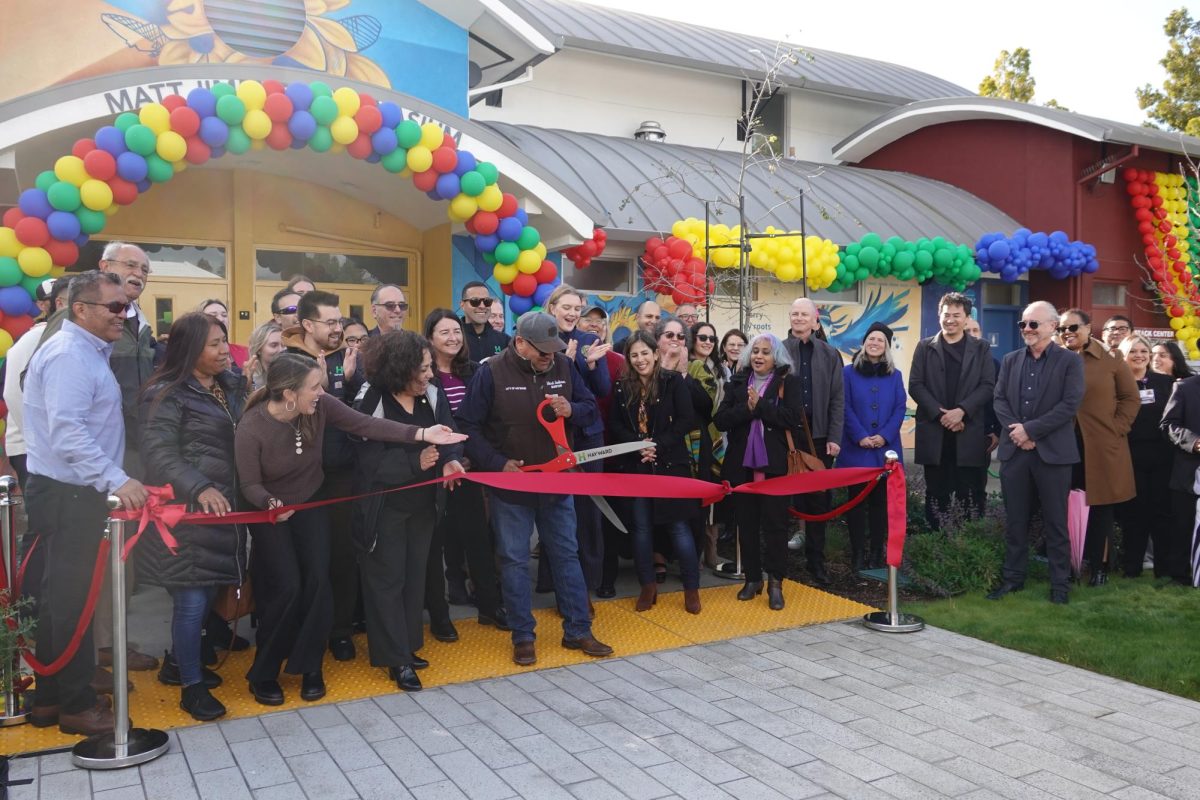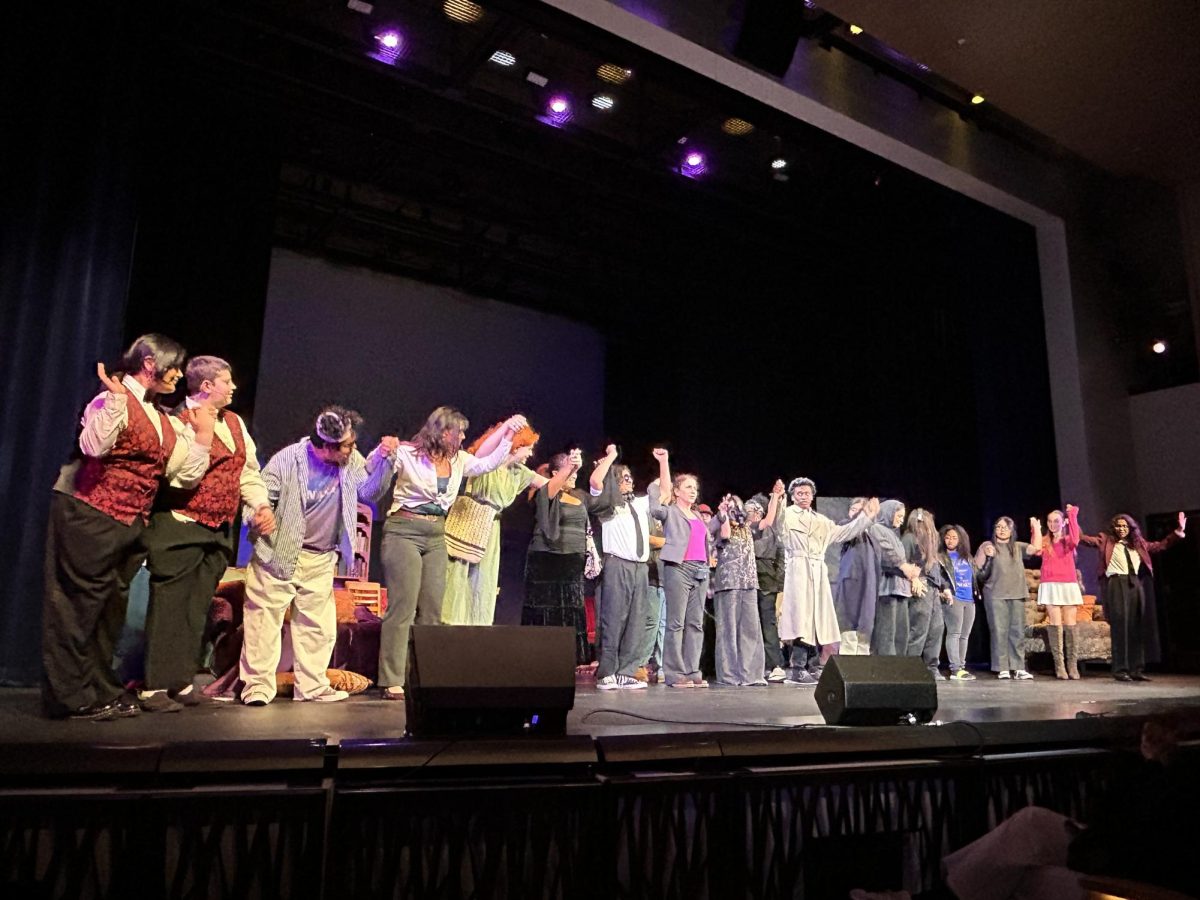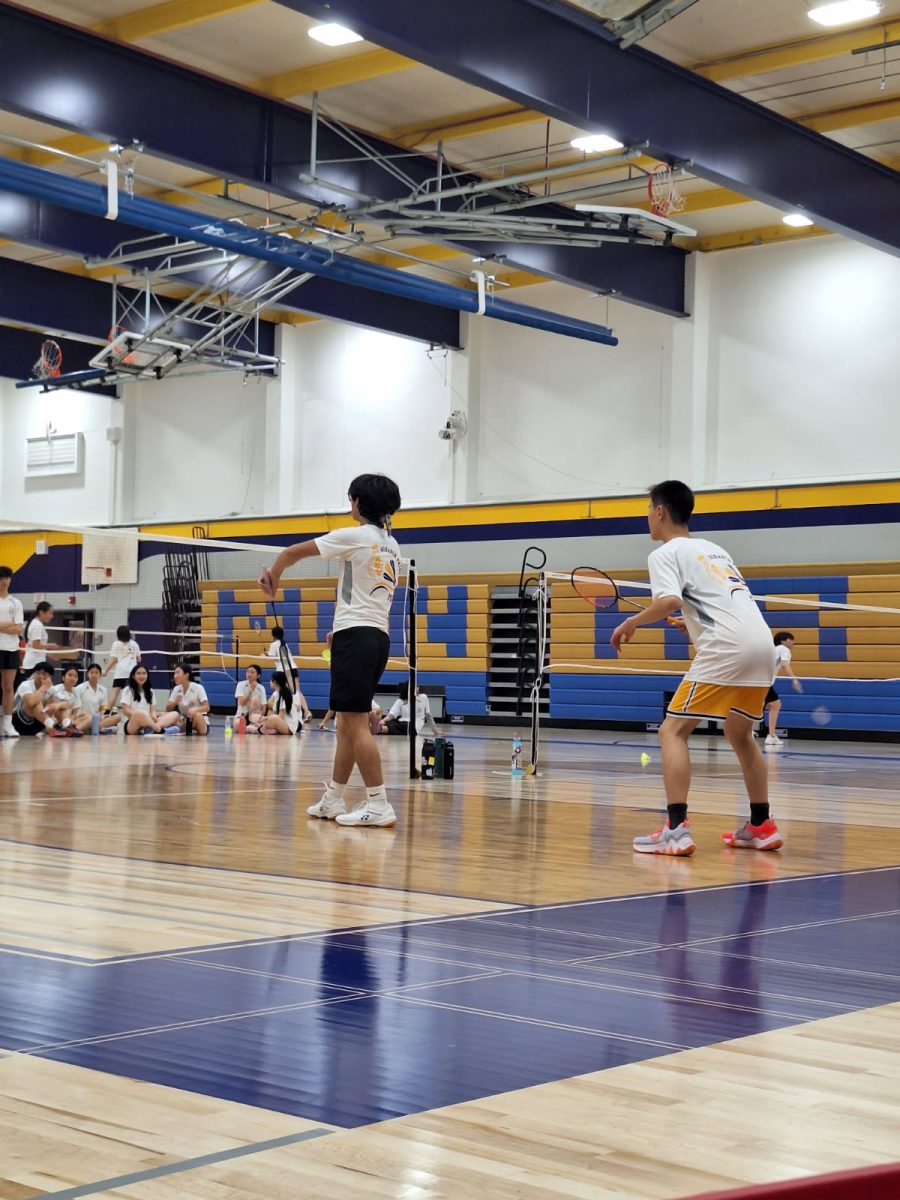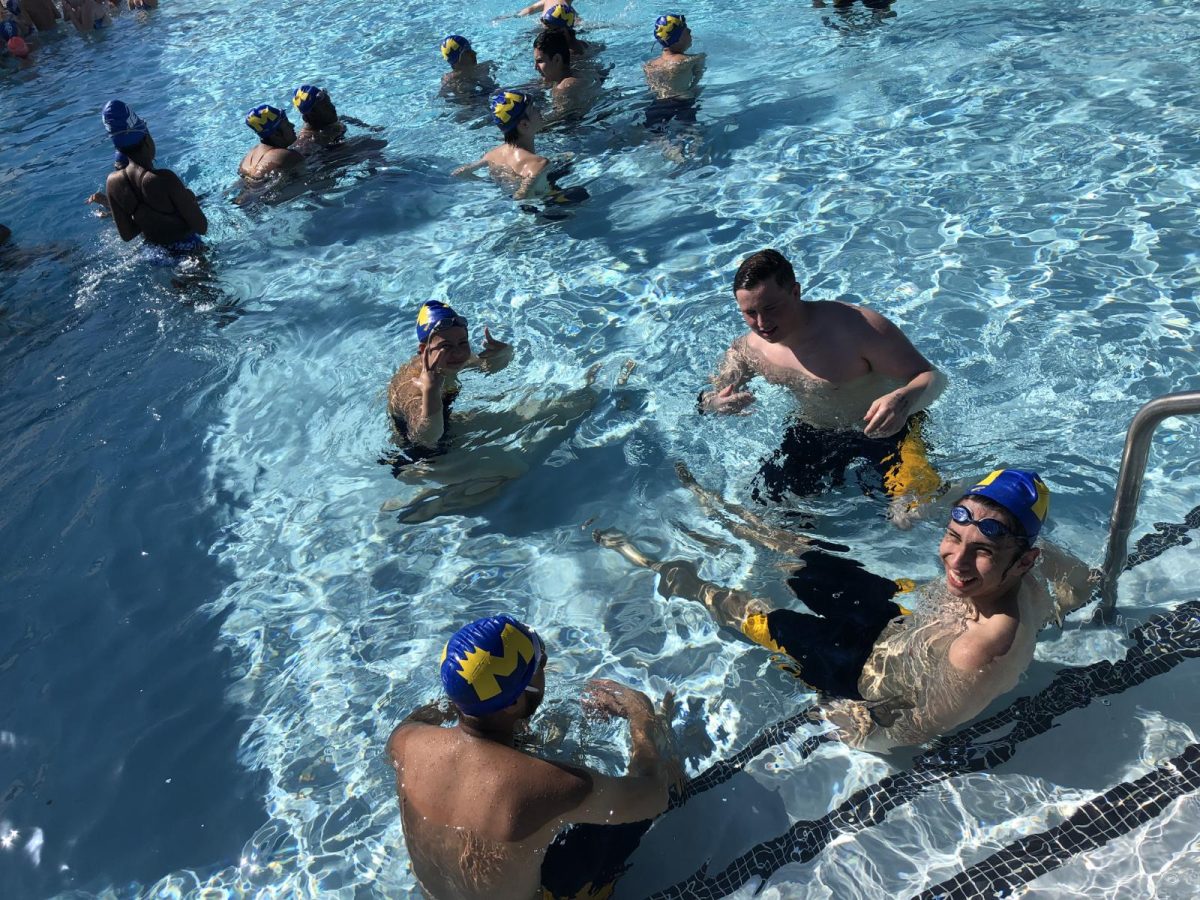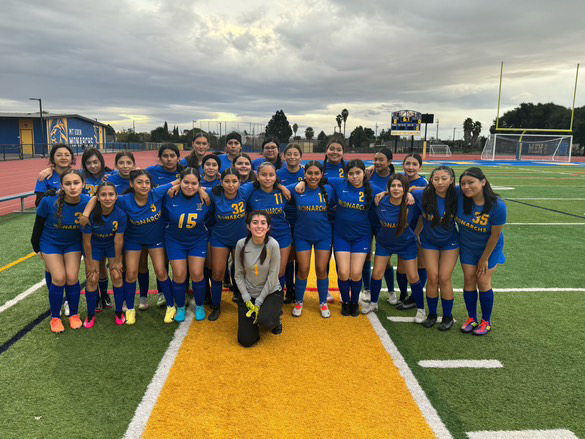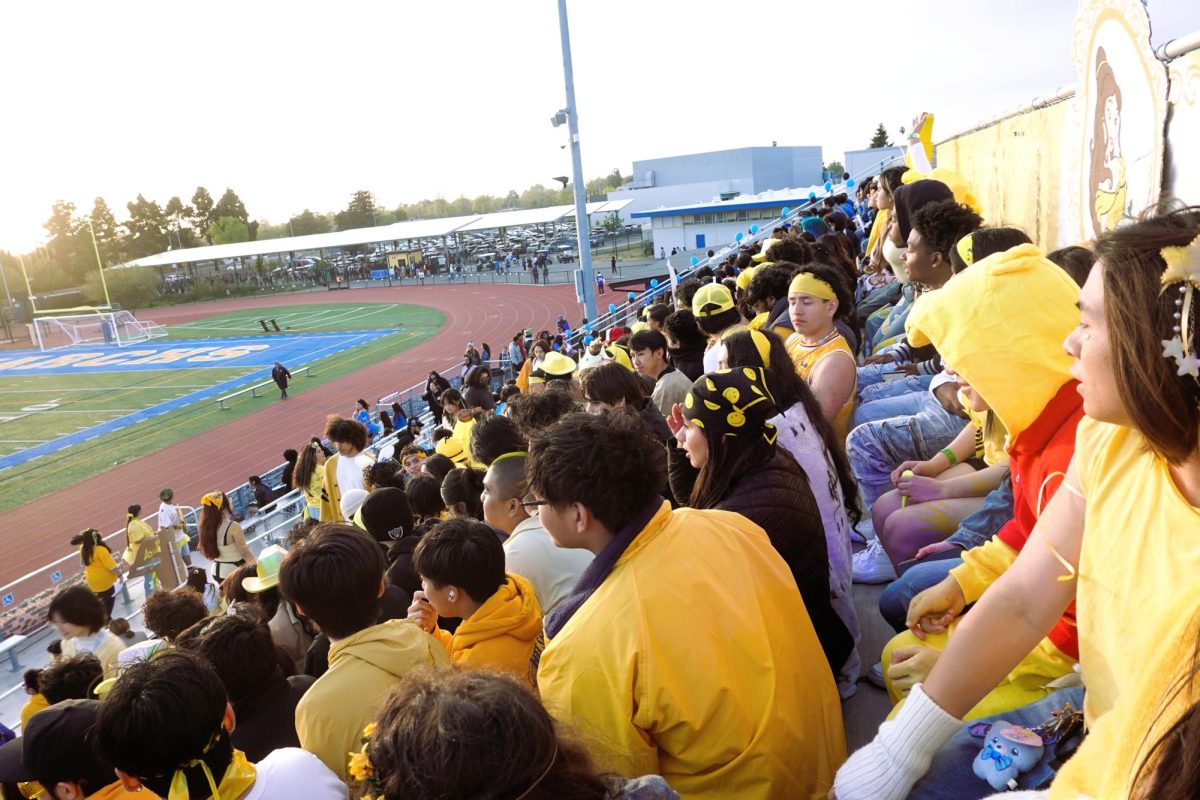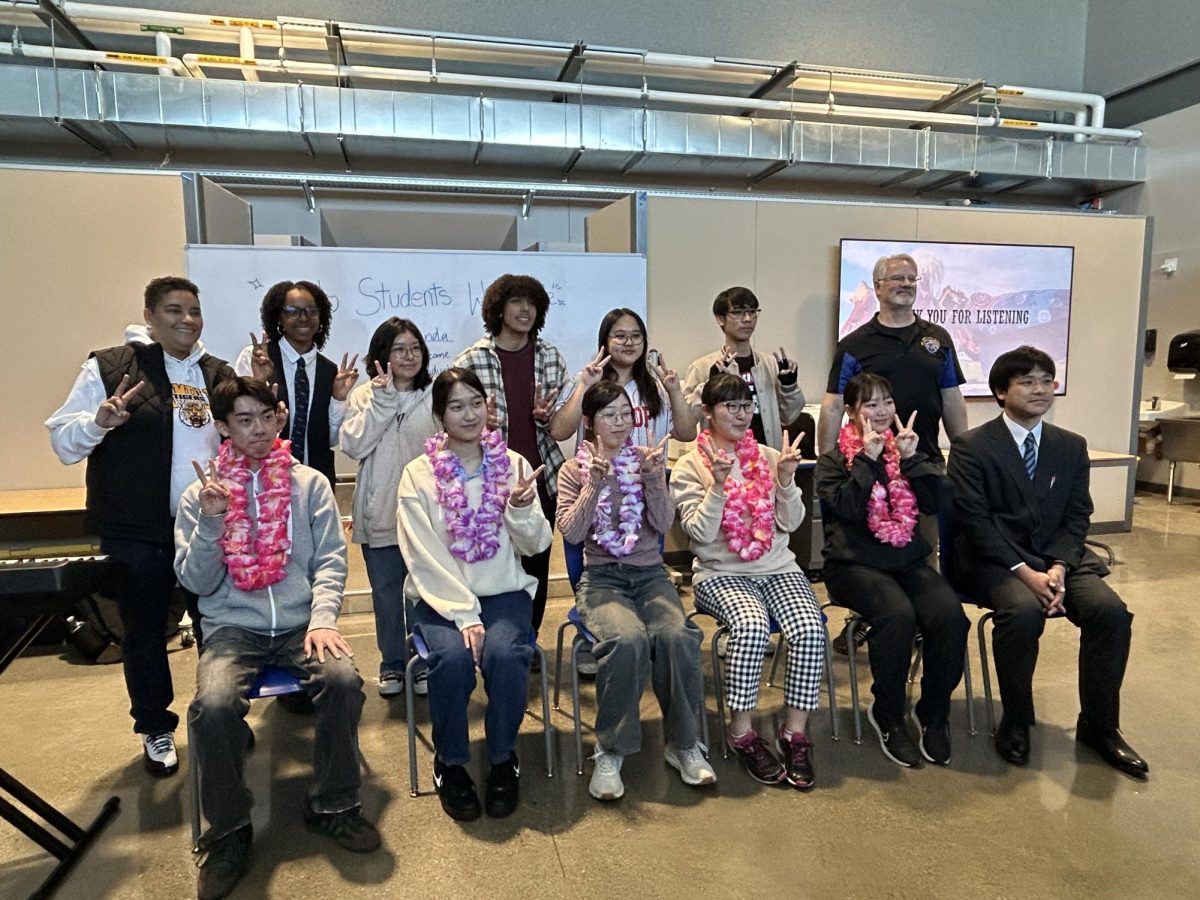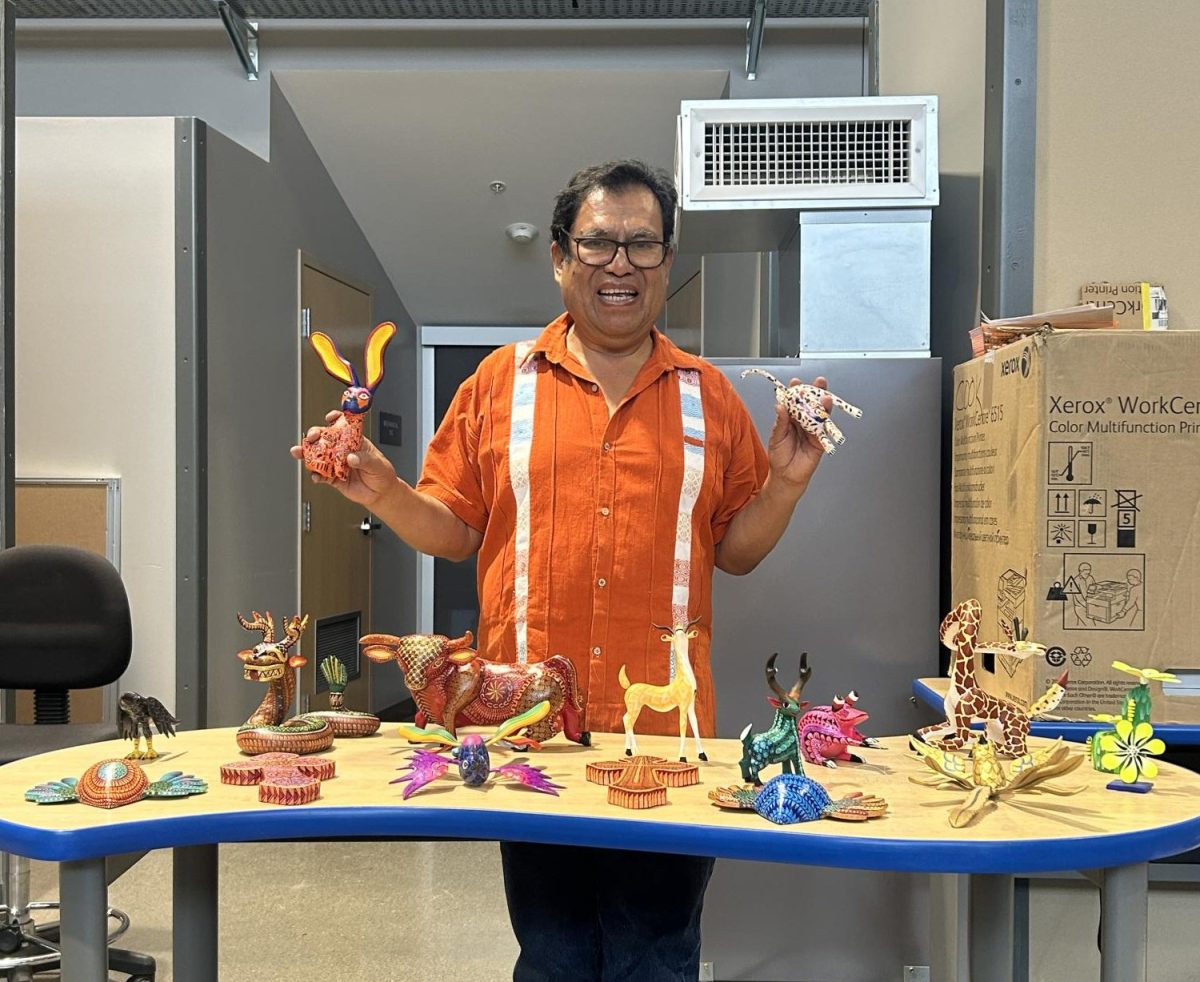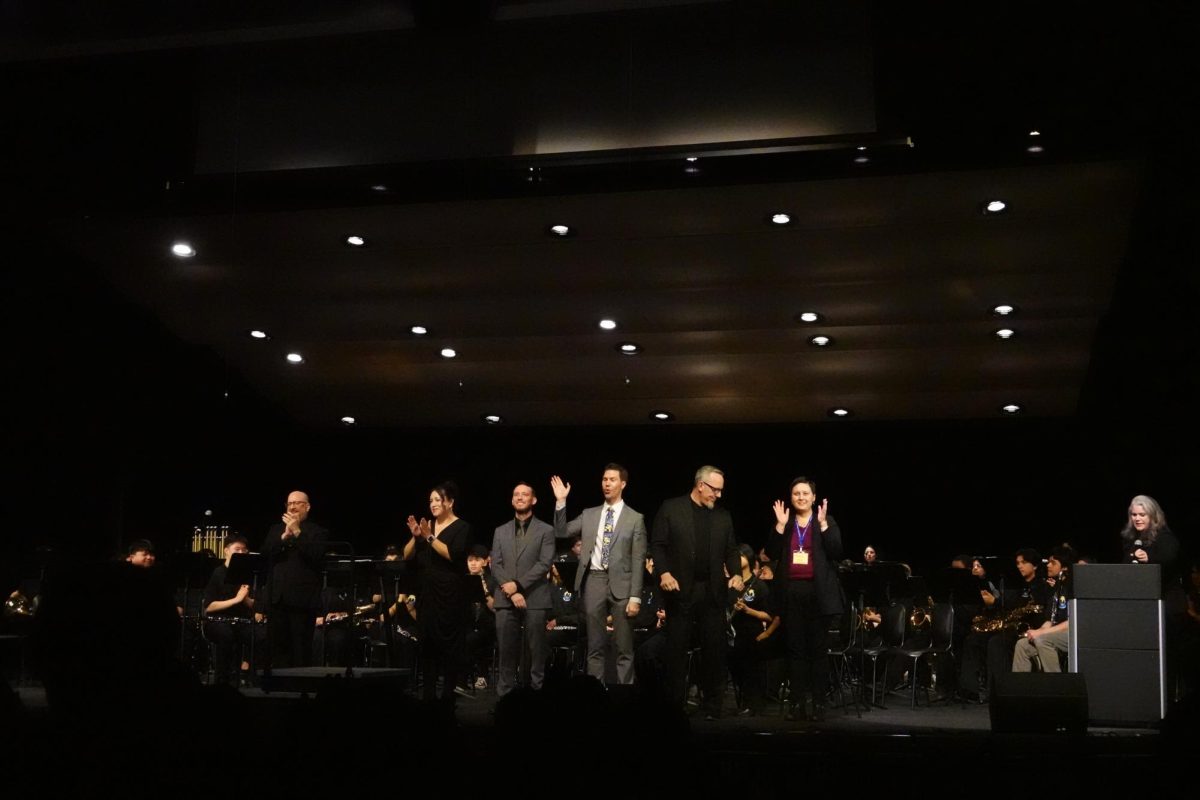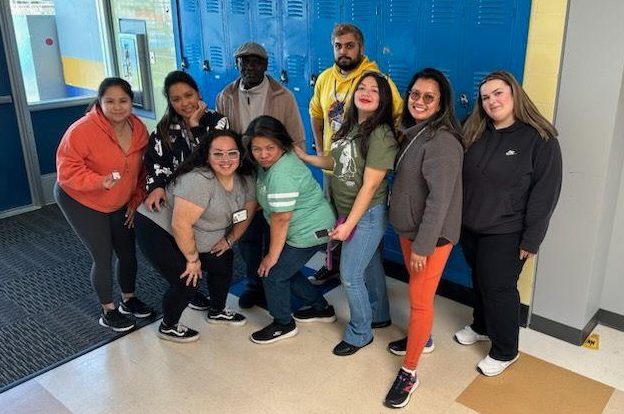Special education is defined as educational services, designed specifically to meet the needs of students with disabilities. These include accommodations for each student to meet their individual needs, including availability of resource rooms, extra help with schoolwork, etc. According to the California Department of Education, special education services were provided to 813,528 students in the 2022-2023 school year.
“On our site specifically, we have a large variety of needs from our learners so it expands from very basic accommodations to very complicated modifications,” said Mt. Eden teacher Zandra Williamson.
The number of students with disabilities receiving special education has been on the rise in California, which follows a national trend. There are two main reasons as to why. Firstly, it has become easier to identify students with disabilities. Secondly, the reduced stigma around disabilities has led to more diagnoses. This means students who may not have been identified in the past for special education are now getting the proper support they need to achieve in school. Due to the reduced stigma surrounding learning disabilities, parents are more likely to advocate for their child to receive special education.
However, it is important to note that the higher identification for students needing special education could be in part due to the increasing academic standards placed on students. This could make it difficult for some students to keep up with their peers without any additional support. Meaning, students that do not have disabilities may struggle more in the classroom setting.
Since special education has been on the rise, it has become increasingly difficult for districts to hire new qualified special education teachers to keep up with the growing number of students that require assistance. “In California, special education has been experiencing a shortage in teachers and related services provided since before the pandemic,” stated HUSD Director of Special Education Kristen Devine.Working as this type of teacher is an extremely demanding job. On top of the workload, they do not receive adequate pay; on average, California paraeducators make $63,268 annually.
Multiple studies have suggested that many children with learning disabilities don’t receive proper support. The National Center for Learning Disabilities in a 2022 study reported that 95% of 4th to 8th grade students with specific learning disability (SLD) are not proficient in reading. Additionally, in the same study it was found that a significant amount of Black and Hispanic students with SLD experience a significant gap in reading scores compared to their White and Asian peers.
Moreover, there are also positive aspects to consider when approached with these problems. For example, advocacy groups like the Learning Disabilities Association of America work to ensure that students with learning disabilities rights are protected. Devine added, “There are a couple of movements happening that will be in service of all the students in special education services: The Inclusive Education Board Policy, a policy that helps improve and allow for more meaningful access to general education opportunities for education opportunities for students with more significant disabilities.”
Further, there is a growing movement throughout the world toward inclusive education in which all students, regardless of any challenges they may have, are placed in general education classes with additional support.
“The main challenges with special education include not having enough paraeducators [assistants to teachers working with students in special education] and not having enough people at the district to effectively manage the schools,”said Mt. Eden Assistant Principal Terrance Christianson. Christianson also shared that local school districts have been offering pay packages to teachers and special education, a very difficult field as districts are fighting to give proper pay packages to their employees. Looking at Mt. Eden’s Special Education program as a whole, Williamson stated, “I like that a lot of the kids are mainstreamed into classes because it helps the whole population on campus see different needs, function and how they can help or even prevent judgment.”

